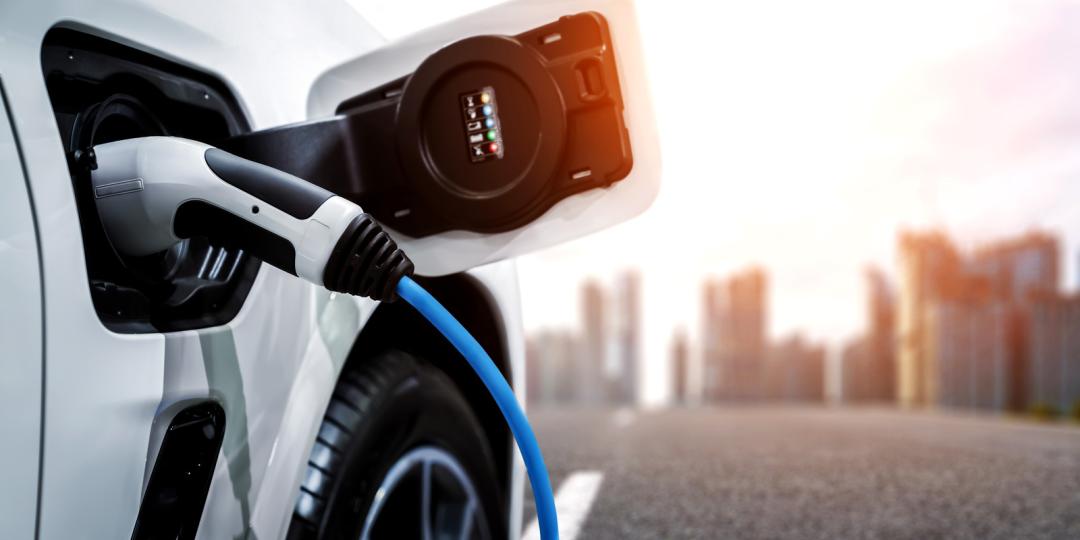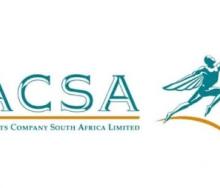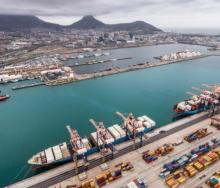The net-zero drive by developed countries and emerging market leaders such as China to decarbonise has led to surging demand for cobalt, copper, lithium and nickel – minerals that are essential for the battery components of electric vehicles (EVs).
Question is, is the mining industry in the Democratic Republic of the Congo (DRC) ready to meet the fast-increasing demand by manufacturers?
Moreover, is enough being done by the government of Felix Tshisekedi to ensure lasting resolution to long-standing snags hampering bulk freight shipments of copper cathodes and the like out of Haut Katanga province?
Outflows of these minerals already constitute 91% of the DRC’s exports and about 36% of its GDP, figures that could be significantly improved if logistical impediments are ironed out.
Although manufacturers are increasingly trying to move away from cobalt because of extraction difficulties at source, the mineral is still used in 71% of EV battery production.
More importantly, the DRC holds 68% of the mineral’s global market share.
Copper, nickel and lithium add to this picture of promise for the DRC.
Although its copper output of 1.8 million tonnes annually makes for only 6.5% of global uptake – fourth worldwide after Chile (28.5%), Peru (11%), and China (8.5%) – the DRC remains well-positioned to drive growth through EV demand.
The price of nickel, for example, has spiked because of the conflict in Ukraine.
And sustained demand for lithium by a global consumer market addicted to smart technology means lithium is not going out of vogue anytime soon.
But it’s the EV market that’s literally shooting out the lights, an assessment underpinned by data released by the International Energy Agency (IEA).
“Sales of EVs doubled in 2021 from the previous year to a new record of 6.6m,” the Paris-based agency said late last month.
For some perspective, consider that just ten years ago 120 000 electric cars were sold worldwide.
Wind the clock on from 2012 to 2021, and EV unit sales have exceeded that figure week-on-week.
The IEA said that “nearly 10% of global car sales were electric in 2021, four times the market share in 2019.
“This brought the total number of electric cars on the world’s roads to about 16.5m, triple the amount in 2018.”
The effect that the coronavirus outbreak had on the global economy is also just a bump in the road, considering where the EV curve is headed – all the way up.
“Global sales of electric cars have kept rising strongly in 2022, with two million sold in the first quarter, up 75% from the same period in 2021,” the IEA said.
In China alone, demand for EV cars is outstripping the world’s third-largest producer of copper.
According to the agency, last year’s rebound from 2020’s global lockdown ramifications was especially evident in China’s economic reawakening where EV sales accounted for more than half of global demand.
“More vehicles were sold in China in 2021 (3.3m) than in the entire world in 2020.
“Sales in Europe showed continued robust growth (up 65% to 2.3m) after the 2020 boom, and they increased in the United States as well (to 630 000) after two years of decline.
“The first quarter of 2022 showed similar trends, with sales in China more than doubling compared with the first quarter of 2021 (accounting for most of the global growth), a 60% increase in the United States and a 25% increase in Europe,” the IEA said.













